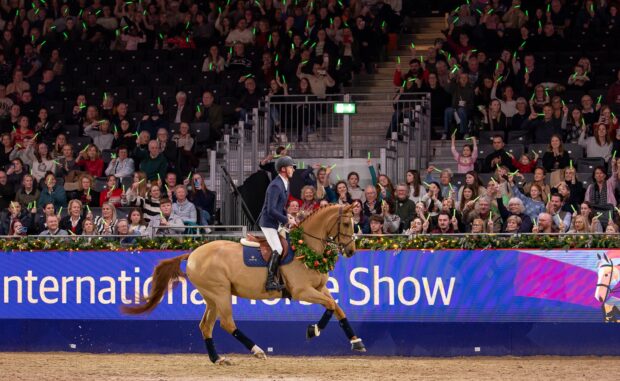Archaeologists have discovered the remains of a horse still wearing a harness close to Pompeii in what has been hailed as an “exceptional discovery”.
The preserved remains were discovered in a stable at Civita Giuliana alongside two other horses, whose bodies were discovered in March 2018 in an earlier phase of the excavation.
The eruption of Mount Versuvius in 79AD devastated Pompeii and buried it in tonnes of volcanic ash and debris, preserving the Roman town as it stood at the time.
This latest find comes as part of a joint operation of Pompeii’s archaeological park with the Public Prosecutor’s Office of Torre Annuziata, the Carabinieri Group Command of Torre Annunziata and the Naples Command for the Protection of Cultural Heritage. Its aim was to stop grave robbers, whose thefts were damaging the archaeological heritage of the area.
The dig revealed a series of rooms from a large, “exceptionally well-preserved” suburban villa, which included a stable yard.
The initial phase of the excavation revealed a wooden trough, the outline and skeleton of a horse — which has been preserved by archeogolgists with plaster cast — plus the legs of a second horse.
This latest phase of the dig has revealed the third horse along with the remains of an elaborate military harness.
“The three horses, perhaps like the first which was discovered and analysed, must have belonged to the noblest breed of display animals, as indicated by their imposing size — likely the result of selective breeding — and the quality of their iron and bronze harnesses,” said Massimo Osanna, director general of Pompeii’s archaeological park.
“These exceptional discoveries confirm that this was a prestigious estate, with richly frescoed and furnished rooms, and sumptuous sloping terraces facing on to the Gulf of Naples and Capri, as well as an efficient servants’ quarter, with a farmyard, oil and wine warehouses and densely cultivated lands, even according to the first investigations of the early 20th century.
“In 2019, two million euros from the ordinary finds of the archaeological park will be allocated for the expropriation of land and continuation of excavations, with a view to an eventual opening to the public.”

How historians believe the horse and harness may have looked
The archaeologists found a bit still in the mouth of one of the horses as well as remains of a saddle and ornate harness, although they believe other tack may have been stolen by grave robbers.
For all the latest news analysis, competition reports, interviews, features and much more, don’t miss Horse & Hound magazine, on sale every Thursday




